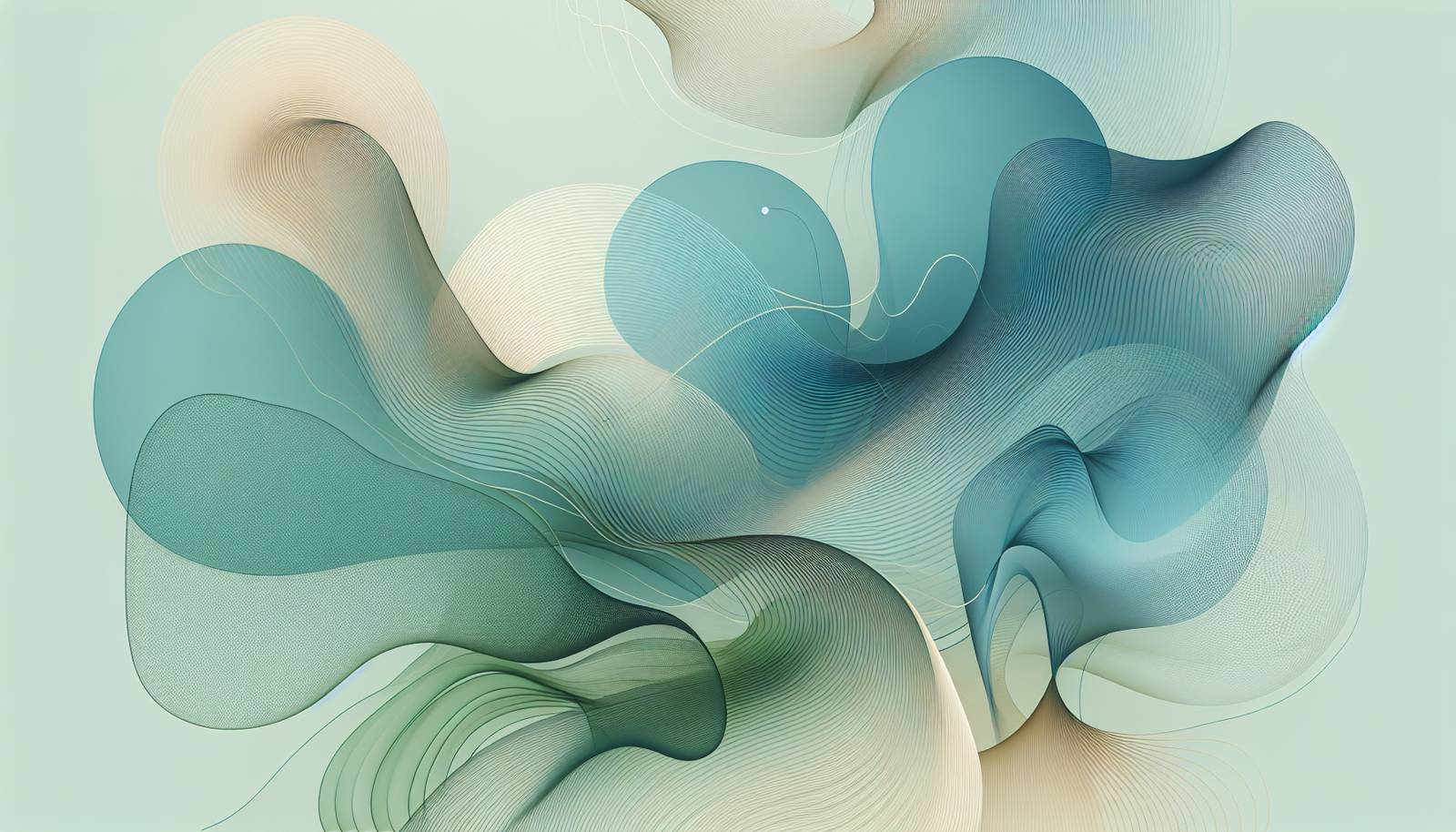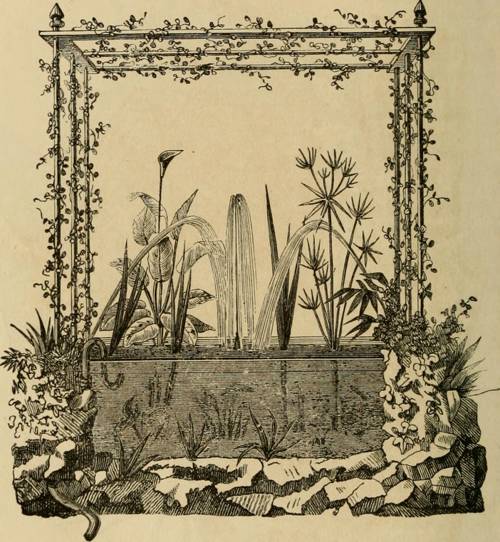
FAQ About Indoor Plant Watering Techniques

What is bottom watering and how does it benefit indoor plants?
Bottom watering is a technique where water is added to a tray or saucer beneath the plant, allowing the plant to absorb moisture through its drainage holes. This method ensures that water reaches the roots evenly and helps prevent overwatering. It also reduces the risk of fungal infections that can occur when the soil surface remains damp.

How often should I water my indoor plants?
The frequency of watering indoor plants varies based on factors such as plant type, pot size, temperature, humidity, and light levels. Generally, it’s best to water when the top inch of soil is dry. Some plants like succulents require less frequent watering, while others like ferns need consistently moist soil.

What is misting, and which plants benefit from it?
Misting involves spraying a fine mist of water onto plant leaves, which increases humidity around the plant. This is beneficial for tropical plants like orchids and ferns that thrive in high humidity. However, misting is not suitable for all plants, particularly those with fuzzy leaves like African violets, as it can lead to leaf rot.

Can overwatering harm my indoor plants?
Yes, overwatering is a common problem that can lead to root rot, a condition where the plant's roots are constantly saturated, reducing their ability to absorb oxygen. Symptoms of overwatering include yellowing leaves, wilting, and moldy soil. It's crucial to allow the soil to dry out adequately between waterings.

How can I tell if my indoor plants are underwatered?
Underwatered plants may show symptoms such as dry, crispy leaves, wilting, and stunted growth. Another sign is soil pulling away from the sides of the pot. To address underwatering, gradually increase watering frequency and ensure water penetrates adequately to the root zone.

Is tap water safe for watering indoor plants?
Tap water is generally safe for most indoor plants, but its quality varies. Some plants are sensitive to the chlorine and fluoride found in tap water. Letting the water sit out overnight can help these chemicals dissipate. Alternatively, using filtered or distilled water can prevent potential issues.

What is the best time to water indoor plants?
The best time to water indoor plants is in the morning. This allows plants to take up moisture during the day when they're photosynthesizing. Watering in the evening may leave plants sitting in water overnight, potentially leading to fungal diseases.

Should I adjust my watering routine based on the seasons?
Yes, changes in light and temperature throughout the seasons affect indoor plant water needs. Plants typically need more water during active growth periods in the spring and summer and less in the fall and winter. Monitor soil moisture levels to guide your watering schedule.

How does plant type affect indoor watering needs?
Different plant species have varying water requirements. Plants like succulents and cacti have adapted to arid conditions and prefer infrequent watering, whereas tropical plants such as peace lilies thrive in consistently moist soil. Understanding your plant's native habitat can guide appropriate watering.

Can I water all my indoor plants the same way?
No, not all indoor plants require the same watering method. Each plant has specific needs based on its species and environmental conditions. Factors such as leaf texture, root structure, and native habitat influence watering requirements, so it’s essential to tailor your approach for each plant type.

What are some signs of proper watering of indoor plants?
Signs that your indoor plants are being watered properly include vibrant, firm leaves, steady growth rates, and absence of mold on the soil surface. The soil should be consistently moist but not soggy, and plants should not show signs of stress like wilting or leaf discoloration.

How does humidity affect indoor plant watering?
Humidity levels significantly affect water needs. High humidity reduces water loss from leaves, whereas low humidity can increase transpiration and water demand. In dry conditions, consider misting or using a humidifier to supplement plant moisture levels.

Is it necessary to water newly repotted indoor plants differently?
Yes, newly repotted indoor plants may require a different watering routine. Initially, they may need more frequent watering to help them establish in their new soil and container. However, ensure not to overwater, as the new soil may retain moisture differently than the old one.

Can using a moisture meter help with indoor plant watering?
Yes, moisture meters are useful tools that measure the moisture content of soil, helping you determine when to water your plants. They provide an accurate reading, reducing the risk of over or underwatering. Using a moisture meter can be particularly helpful for beginners.

How does water temperature affect indoor plant watering?
Water temperature can impact a plant’s response to watering. Cold water can shock plant roots, while warm water might encourage root rot. It is best to use room temperature water for most indoor plants, ensuring a comfortable environment for root absorption.

What is the role of drainage in indoor plant watering?
Proper drainage is critical in indoor plant watering to prevent waterlogging and root rot. Ensure pots have drainage holes and consider using a well-draining potting mix. Adding a layer of gravel at the bottom of pots can further improve drainage.

How does light exposure affect indoor plant watering needs?
The amount of light a plant receives influences its watering needs. Plants in brighter light conditions tend to dry out faster and may require more frequent watering. Conversely, plants in low-light settings will need water less often. Adjust watering based on their light exposure.

Should indoor plants be watered when they are dormant?
During dormancy, indoor plants' growth slows significantly, reducing their water needs. While you should still water them, frequency should decrease compared to active growing seasons. Always check the soil moisture before watering dormant plants.

What are the effects of using hard water on indoor plants?
Hard water, rich in minerals like calcium and magnesium, can leave deposits on the plant soil and leaves. Over time, this can affect soil quality and plant health. If hard water is an issue, consider using distilled or rainwater, or periodically flush the soil with plain water to remove mineral build-up.

How do I handle indoor plant watering when on vacation?
For short vacations, you can water your plants thoroughly before leaving. For extended periods, consider using automatic watering systems or self-watering planters. Asking a friend or neighbor to check on your plants can also ensure they remain healthy while you're away.
